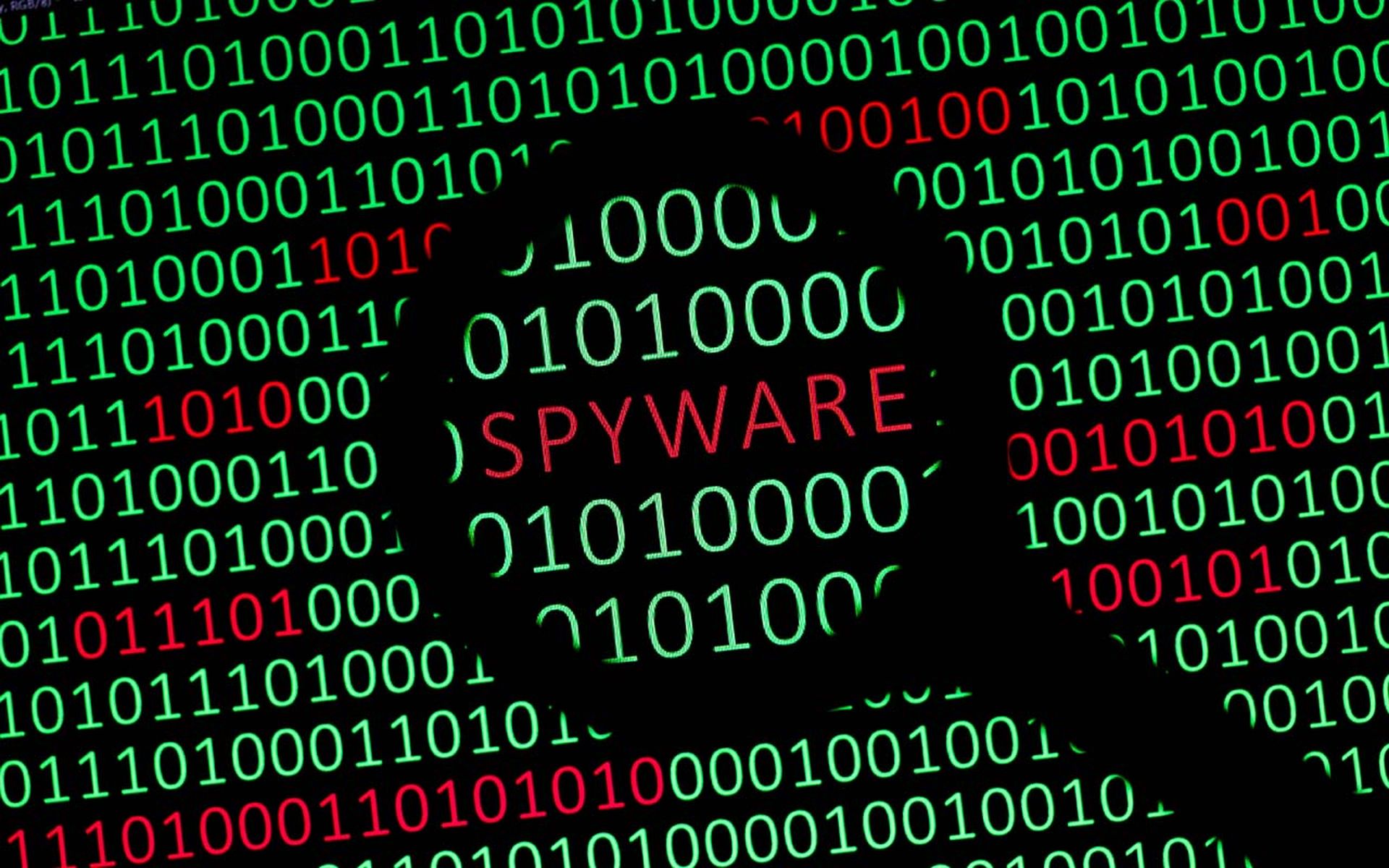During the last few months of 2023, the cybersecurity landscape witnessed a significant escalation in the complexity and frequency of attacks on the financial sector, particularly from the advanced persistent threat (APT) group ALPHV/BlackCat.
The incidents in the financial sector impacted major companies, such as MGM Resorts International, Fidelity National Financial, Tipalti, and MeridianLink.
These incidents highlight the capabilities of the threat actors, and also serve as a clarion call for an urgent revamp of cybersecurity strategies within the sector. Here's a look at recent incidents and what they mean:
- MGM Resorts International: The MGM breach reveals a concerning trend in the strategies employed by APTs like ALPHV/BlackCat. The ability of these groups to infiltrate a major financial player and exfiltrate sensitive customer information underscores a worrying gap in data protection and security measures. The MGM incident serves as a stark reminder of the need for a fortified defense mechanism capable of safeguarding sensitive customer data.
- Fidelity National Financial: The intrusion at Fidelity National Financial exposed the vulnerabilities of even large, well-established financial institutions to sophisticated ransomware attacks. The significant delay in the detection and reporting of this breach heightened the risk of data compromise, and also posed serious regulatory and reputational risks. This incident underscores the critical need for enhanced incident detection capabilities and robust, timely reporting in the face of evolving cyber threats.
- Tipalti: The cyberattack on Tipalti, which involved unauthorized access to financial transactions, brings to light the direct financial risks these attacks pose. The incident also emphasizes the importance of securing transactional data and underscores the need for vigilant monitoring of financial workflows to detect and respond to anomalies swiftly.
- MeridianLink: On the MeridianLink breach, it didn't help that the SEC learned of the attack from the attackers themselves. The case highlighted the challenges organizations face with breach detection and transparency. The potential repercussions, including regulatory penalties and diminished customer trust, emphasize the need for transparent communication following a cybersecurity incident.
Actionable takeaways for cybersecurity pros
In the ongoing battle against cyber threats like ALPHV/BlackCat, it's crucial for cybersecurity professionals to equip themselves with actionable strategies. Here are seven important takeaways to enhance an organization’s defense posture:
- Implement layered security: Adopt a multi-layered security approach that includes endpoint protection, network security, application security, and data encryption to create redundancies in the organization’s defense mechanisms.
- Embrace a zero-trust architecture: Move towards a zero-trust security model that verifies every user and device, whether inside or outside the organization's network, before granting access to resources.
- Invest in employee training: Regularly train staff on security awareness to recognize phishing attempts and social engineering tactics, which are often the entry points for ransomware attacks.
- Conduct regular penetration tests: Regular pen tests can help identify and mitigate vulnerabilities before threat actors such as ALPHV/BlackCat can exploit them.
- Develop and test incident response plans: Ensure the company has an up-to-date incident response plan that’s regularly tested through drills and simulations to reduce response times during an actual breach.
- Plan a backup and disaster recovery strategy: Maintain up-to-date backups of critical data and test the organization’s disaster recovery procedures to ensure rapid restoration of services in the event of an attack.
- Engage with threat intelligence: Stay informed about the latest threat landscapes by investing in threat intelligence teams and resources, which can offer early warnings about new tactics or exploited vulnerabilities.
By taking these steps, cybersecurity professionals can significantly enhance their organization's resilience against sophisticated cyberattacks.
Tackling the evolving threat of ransomware – particularly from sophisticated groups like ALPHV/BlackCat – requires a proactive and multifaceted approach. This includes investing in skilled personnel, advanced tools, and robust intelligence capabilities.
Companies also need to foster a culture of proactive defense, continuous training, and collaboration within the cybersecurity community. By adopting these strategies, financial institutions can enhance their defenses against the ever-evolving ransomware threats, ensuring the security and trust of their customers and stakeholders.
Callie Guenther, senior manager, cyber threat research at Critical Start




